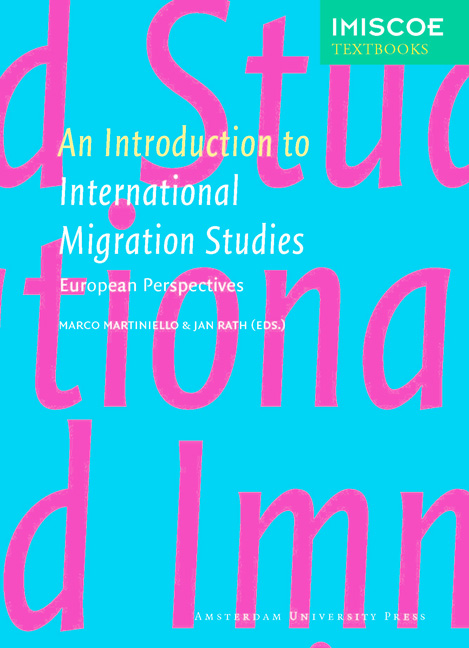12 - Sunset Migration
Published online by Cambridge University Press: 14 January 2021
Summary
Well, one of the reasons we moved down here is the fact that Britain has so many immigrants – we no longer feel at home there.
Arthur and Jean, retired British couple, interviewed in Southern Spain, 1996Introduction
The irony of the above quote should not pass unnoticed. The couple interviewed had migrated to the Costa del Sol in order to ‘escape’ multicultural Britain. Yet their own immigration to Spain contributed to the transformation of the landscape and society there by mass tourism and retirement migration. Arthur and Jean felt unhappy about the way immigrants in Britain kept to their own customs and apparently renounced the ‘British way of life’. However, they seemed oblivious to the fact that they themselves had not ‘integrated’ – they spoke little Spanish, and all their friends were other British retirees
Like hundreds of thousands of Britons and other Northern Europeans, Arthur and Jean are part of a migration that does not feature prominently on the European migration map, with its focus on labour migrants and refugees. ‘Sunset migration’, generally referred to in the literature as ‘international retirement migration’ (e.g. King et al. 1998), is very different from earlier intra-European migrations. During the 1950s, 1960s and 1970s, millions of poor and unemployed migrants from Southern Europe moved to industrial North-Western Europe, facilitated by the nascent common market for labour and bilateral recruitment agreements. Sunset migrants go in the reverse direction. They are manifestly not economic migrants, although economic considerations are not absent from their reasoning. As Benson and O’Reilly (2009) have stressed, their migration is driven by the search for a particular lifestyle built around certain environmental preferences (e.g. climate, scenery, location), and marked by a particular life-stage – retirement.
This chapter first defines the notion of sunset migration. It then presents two scenarios – one positive and one negative – for its evaluation as ‘rational-choice’ behaviour. The chapter then proceeds to examine reasons and motivations, spatial distributions and settlement types, patterns of integration and non-integration, impacts on the local environment and issues for the future. The account draws on a wide range of literature from many disciplines, as well as media reports. Throughout the chapter reference is made to a research project on British retirees in the Mediterranean coordinated by the author in the late 1990s. The quote at the beginning of this chapter is from that project.
- Type
- Chapter
- Information
- An Introduction to International Migration StudiesEuropean Perspectives, pp. 281 - 304Publisher: Amsterdam University PressPrint publication year: 2012
- 1
- Cited by



